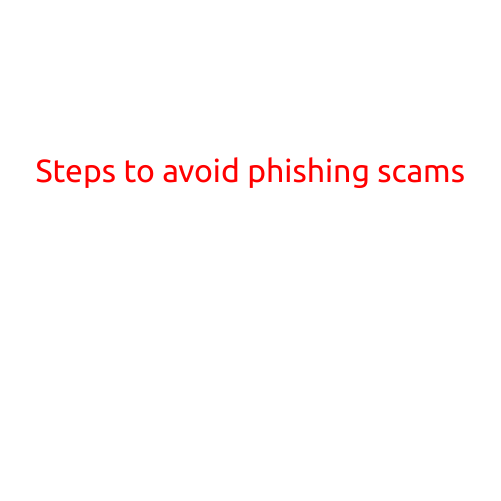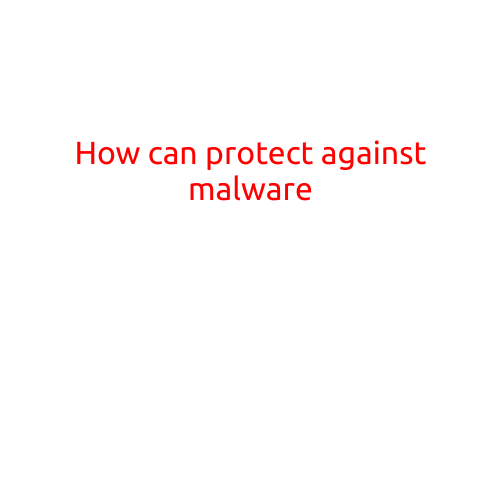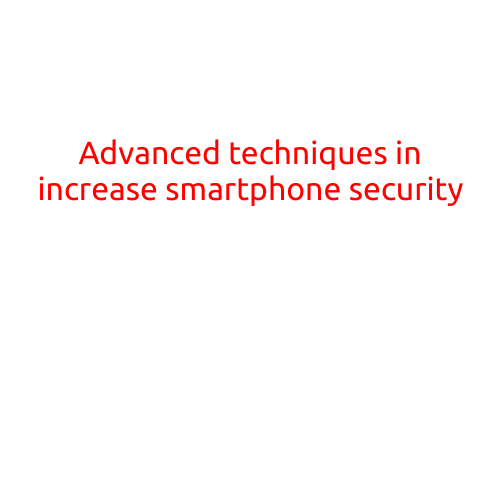
Steps to Avoid Phishing Scams
In today’s digital age, phishing scams have become a significant threat to individuals and organizations alike. Phishing scams are designed to trick victims into revealing sensitive information such as passwords, credit card numbers, and other personal data. As a result, it’s essential to take necessary precautions to avoid falling prey to these scams. In this article, we will outline the steps to avoid phishing scams and protect your online identity.
Step 1: Be Cautious with Links and Downloads
Phishing scams often begin with a malicious link or attachment sent via email or text message. Be cautious when receiving unsolicited links or attachments from unknown senders. Never click on suspicious links or download files from unknown sources.
Step 2: Verify the Sender’s Identity
Before responding to any emails or messages, verify the sender’s identity. Check the sender’s email address to ensure it’s a legitimate one. Be wary of emails with generic or unfamiliar sender addresses.
Step 3: Look for Red Flags
Phishing emails often contain red flags such as:
- Grammar and spelling mistakes
- Urgent or threatening language
- Requests for sensitive information
- Unsecured websites (HTTPS instead of HTTP)
Be cautious of emails that contain these red flags.
Step 4: Use Strong Passwords and Keep Them Secure
Use strong, unique passwords for all accounts and keep them secure by storing them in a password manager. This will prevent hackers from accessing your accounts even if they obtain your login credentials.
Step 5: Enable Two-Factor Authentication (2FA)
Enable 2FA for all accounts that offer it. This adds an additional layer of security by requiring a second form of verification, such as a code sent to your phone, in addition to your password.
Step 6: Use Antivirus Software and Keep it Updated
Install reputable antivirus software and keep it updated to protect your devices from malware and viruses.
Step 7: Monitor Your Credit Report
Regularly monitor your credit report to detect any suspicious activity. You can request a free credit report from each of the three major credit reporting agencies (Experian, Equifax, and TransUnion) once a year.
Step 8: Be Aware of Public Wi-Fi
When using public Wi-Fi, be aware of the risks. Public Wi-Fi networks are often unsecured, making it easy for hackers to intercept your data. Avoid using public Wi-Fi for sensitive activities such as online banking or shopping.
Step 9: Keep Your Browsers and Software Up-to-Date
Regularly update your browsers and software to ensure you have the latest security patches and features.
Step 10: Report Phishing Scams
If you encounter a phishing scam, report it to the Federal Trade Commission (FTC) and your email provider. This will help to stop the scam and prevent others from falling victim.
Conclusion
By following these steps, you can significantly reduce your risk of falling victim to phishing scams. Remember to always be cautious when interacting online, verify the sender’s identity, and use strong passwords to protect your online identity. Stay informed and stay safe!





